The Government does not support the private member's bill entitled the Protection of the Environment Operations Amendment (Balloons) Bill 2024. However, plastic waste is a growing problem in New South Wales, and the Government is committed to taking strong action to tackle it. Work is already underway. The Government is progressing a holistic and systematic approach to addressing a range of unnecessary and problematic plastic items and materials, including items that pose risks to the environment and communities because they are highly littered, like lighter‑than‑air balloons, as well as related items like plastic balloon sticks, clips and ties.
The Government recognises the impacts of lighter-than-air balloon releases on the environment and understands that when they are released, lighter-than-air balloons can travel large distances, enter our waterways and be swallowed by wildlife, leading to starvation and death. The Government is progressing action to tackle these issues. Such action must be undertaken in a considered and comprehensive way to ensure we deliver the best outcomes for the environment, communities and businesses in New South Wales. The bill instead proposes a piecemeal approach to dealing with unnecessary and problematic plastics and has not been informed by the same close consultation with community, industry, businesses and other stakeholders that has informed this Government's actions.
In October 2023 the Minister for the Environment released the NSW Plastics: Next Steps issues paper for public consultation on potential action to tackle a range of unnecessary and problematic plastic items. This includes action to reduce the harm associated with releasing any number of lighter-than-air balloons. Currently, under the Protection of the Environment Operations Act 1997, it is already an offence to release 20 or more lighter‑than-air balloons in New South Wales at the same time. The Environment Protection Authority [EPA] is now considering the feedback to the paper and is working closely with industry, environment and government stakeholders to understand how best to tackle the plastic items identified in that paper. Informed by this feedback, the Government plans to release an action paper in the coming months, seeking the public's views on more detailed proposed actions on plastic items including balloon and balloon accessories.
Passing this bill would be premature while that broader process is in progress and would mean that the views and perspectives of the public would not be heard when deciding to phase out all releases of lighter-than‑air balloons. I respect the member for Balmain for her care for the environment and her good work in progressing an agenda to protect our environment. I will continue to work with her on the broader approach and those objectives. I acknowledge, on behalf of the Government, her good work, and I understand the steps she has taken and her need to step up and put forward this bill. I do believe that, eventually, we will get there.
I will elaborate on some of the actions the Government is taking. I understand that many stakeholders and environmental groups have talked to many of us as members about the desperate need to take quicker action than what is deemed necessary in this particular process. Those environmental groups and the community often consider that they are three steps ahead of the Government and of the parliamentary process. As I travel around the State, representing the Government and the Minister in my role as the Parliamentary Secretary for the Environment and the Parliamentary Secretary for Climate Change, I acknowledge that.
It is important that the community understands that we do hear their voices. When the Minister for the Environment released the issues paper, seeking feedback on potential further action to reduce the harms associated with these plastic items, she sought stakeholders' views on the proposed phase-out of the balloons and the balloon accessories I mentioned before. The EPA is still in the process of reviewing that feedback, and we need to allow that process to take its course. It is working closely with a range of stakeholders, and I presume that they are some of the people the member has spoken to, as well. In so many respects, we are on the same page. It is just a process issue.
The EPA tells us also that it is regularly monitoring litter in the environment and using the data to inform which frequently littered items to target with those litter prevention programs. I understand that some of those programs have contributed to a 43 per cent reduction in litter volumes between 2013 and 2019. Some of my young former students have approached me in my current role. They care deeply and expect that governments will take action on climate change and care for the environment in accordance with community expectations. It is sometimes frustrating for us all because we need to go through certain steps. On Clean Up Australia Day, for example, so many more young people joined the effort, jumping into the waterways and having discussions in the classroom afterwards about what they had found. They identified a long list of plastic items, which included balloons, that pollute our waterways. They understand the impact that those items have on not only the water but also the creatures who become tangled in that plastic.
I understand that the EPA is working across the community and within schools, providing materials and guidance to encourage alternatives to releasing lighter-than-air balloons, such as lights, bubbles, music, kites or planting native flora. That is important to point to while we go through this process. The material from the EPA includes a fact sheet and posters available on its website, which are aimed at minimising balloon releases.
In speaking to the member's bill and our position—and acknowledging her care and compassion and that many of us are on the same page—it is important to say that the Government has started a comprehensive process, working alongside the EPA and continuing with consultation. I mention briefly some of the outcomes of that public consultation. On balloon releases, we received over 5,000 survey responses and written submissions to the issues paper. We heard strong opinions from members of the community on all of those unnecessary or problematic items and about encouraging the community to be more aware. Some of the students I spoke about pointed out to me that they encourage each other, their families and their neighbours to use some of those other items rather than balloons.
When we know that 98 per cent of survey respondents supported our policy objectives, set out in the Minister's paper, to reduce plastic litter, to reduce microplastics, to eliminate harmful chemicals from plastic items and to harmonise approaches to dealing with plastic pollution across Australia, that 94 per cent supported phasing out releasing any lighter-than-air balloons and that 93 per cent supported phasing out the supply of plastic balloon accessories altogether, we know that this Government and members across the Chamber are taking the right steps. It is not only representatives from across New South Wales who come into this place on behalf of their communities; a whole range of action groups, who encourage each other to take different action, have discussions about the litter caused by helium balloons. They can be mistaken for prey and are often swallowed by animals such as turtles and seabirds, leading to starvation. In fact, of all the types of marine debris, balloons are the most likely to kill seabirds. The Government opposes the bill.


